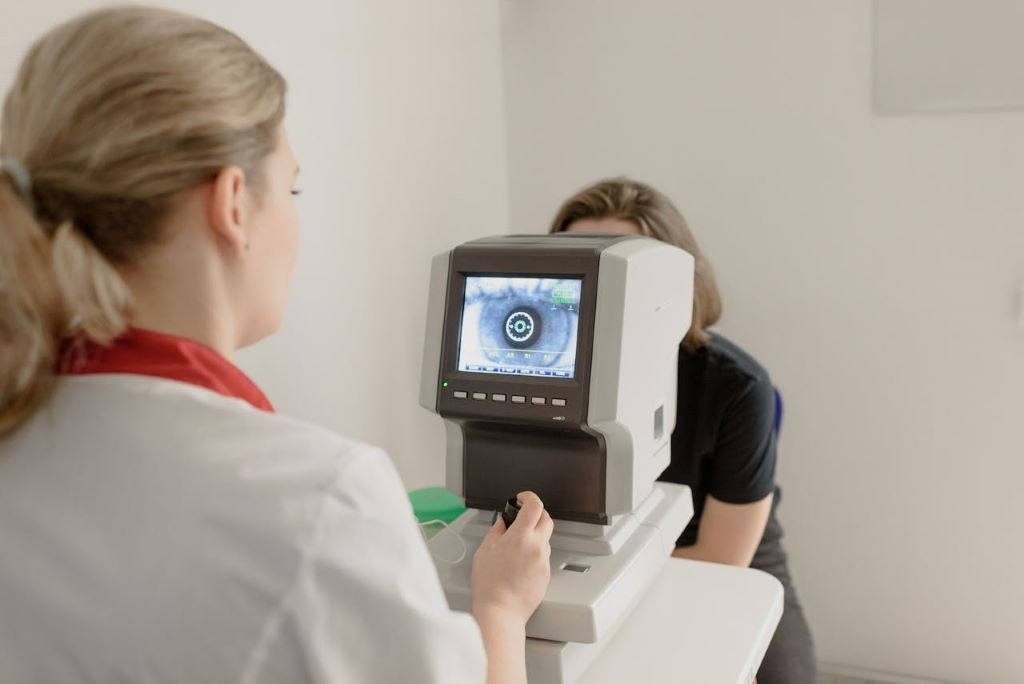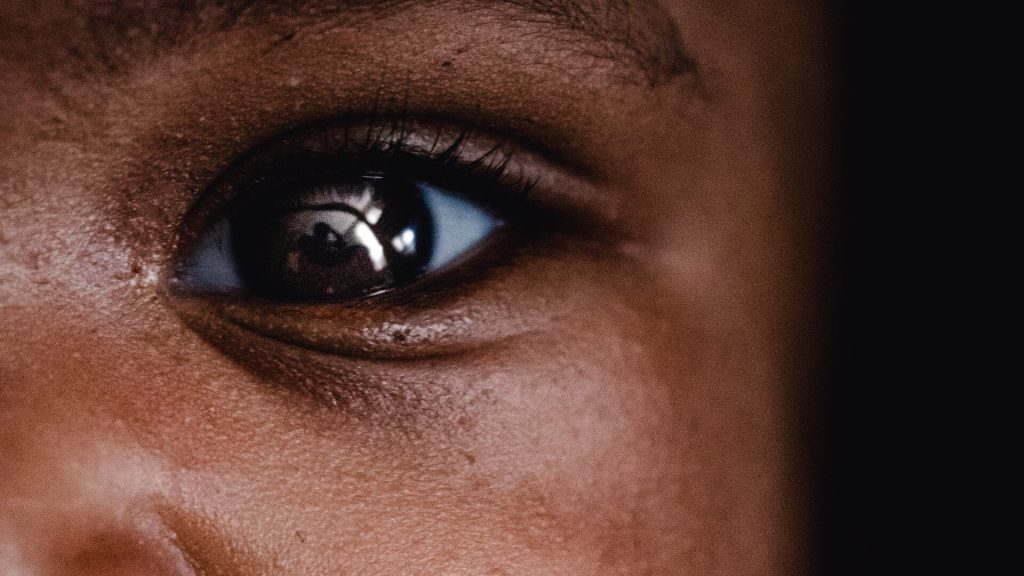Study Shows Effectiveness of Method to Stem Myopia

Capping ten years of work to stem the tide of myopia, David Berntsen, Professor of Optometry at the University of Houston, is reporting that his team’s method to slow myopia not only works – but lasts.
The original Bifocal Lenses In Nearsighted Kids (BLINK) Study showed that having children with myopia wear high-add power multifocal contact lenses slows its progression. Now, new results from the BLINK2 Study, that continued following these children, found that the benefits continue even after the lenses are no longer used.
“We found that one year after discontinuing treatment with high-add power soft multifocal contact lenses in older teenagers, myopia progression returns to normal with no loss of treatment benefit,” reports Berntsen in JAMA Ophthalmology.
The study was funded by the National Institutes of Health’s National Eye Institute with collaborators from the Ohio State University College of Optometry.
In Focus: A Major Issue
Leading the team at the University of Houston, Berntsen takes on a significant challenge. By 2050 almost 50% of the world (5 billion people) will be myopic. Myopia is associated with an increased risk of long-term eye health problems that affect vision and can even lead to blindness.
From the initial study, high-add multifocal contact lenses were found to be effective at slowing the rate of eye growth, decreasing how myopic children became. Because higher amounts of myopia are associated with vision-threatening eye diseases later in life, like retinal detachment and glaucoma, controlling its progression during childhood potentially offers an additional future benefit.
“There has been concern that the eye might grow faster than normal when myopia control contact lenses are discontinued. Our findings show that when older teenagers stop wearing these myopia control lenses, the eye returns to the age-expected rate of growth,” said Berntsen.
“These follow-on results from the BLINK2 Study show that the treatment benefit with myopia control contact lenses have a durable benefit when they are discontinued at an older age,” said BLINK2 study chair, Jeffrey J. Walline, associate dean for research at the Ohio State University College of Optometry.
Eye Science
Myopia occurs when a child’s developing eyes grow too long from front to back. Instead of focusing images directly on the retina, they are focused at a point in front of the retina.
Single vision prescription glasses and contact lenses can correct myopic vision, but they fail to treat the underlying problem, which is the eye continuing to grow longer than normal. By contrast, soft multifocal contact lenses correct myopic vision in children while simultaneously slowing myopia progression by slowing eye growth.
Designed like a bullseye, multifocal contact lenses focus light in two basic ways. The centre portion of the lens corrects nearsightedness so that distance vision is clear, and it focuses light directly on the retina. The outer portion of the lens adds focusing power to bring the peripheral light into focus in front of the retina. Animal studies show that bringing light to focus in front of the retina may slow growth. The higher the reading power, the further in front of the retina it focuses peripheral light.
BLINK Once…Then Twice
In the original BLINK study, 294 myopic children, ages 7 to 11 years, were randomly assigned to wear single vision contact lenses or multifocal lenses with either high-add power (+2.50 diopters) or medium-add power (+1.50 diopters). They wore the lenses during the day as often as they could comfortably do so for three years. All participants were seen at clinics at the Ohio State University, Columbus, or at the University of Houston.
After three years in the original BLINK study, children in the high-add multifocal contact lens group had shorter eyes compared to the medium-add power and single-vision groups, and they also had the slowest rate of myopia progression and eye growth.
Of the original BLINK participants, 248 continued in BLINK2, during which all participants wore high-add (+2.50 diopters) lenses for two years, followed by single-vision contact lenses for the third year of the study to see if the benefit remained after discontinuing treatment.
At the end of BLINK2, axial eye growth returned to age-expected rates. While there was a small increase in eye growth of 0.03 mm/year across all age groups after discontinuing multifocal lenses, it is important to note that the overall rate of eye growth was no different than the age-expected rate. There was no evidence of faster than normal eye growth.
Participants who had been in the original BLINK high-add multifocal treatment group continued to have shorter eyes and less myopia at the end of BLINK2. Children who were switched to high-add multifocal contact lenses for the first time during BLINK2 did not catch up to those who had worn high-add lenses since the start of the BLINK Study when they were 7 to 11 years of age.
By contrast, studies of other myopia treatments, such as atropine drops and orthokeratology lenses that are designed to temporarily reshape the eye’s outermost corneal layer, showed a rebound effect (faster than age-normal eye growth) after treatment was discontinued.
“Our findings suggest that it’s a reasonable strategy to fit children with multifocal contact lenses for myopia control at a younger age and continue treatment until the late teenage years when myopia progression has slowed,” said Berntsen.
Source: University of Houston



